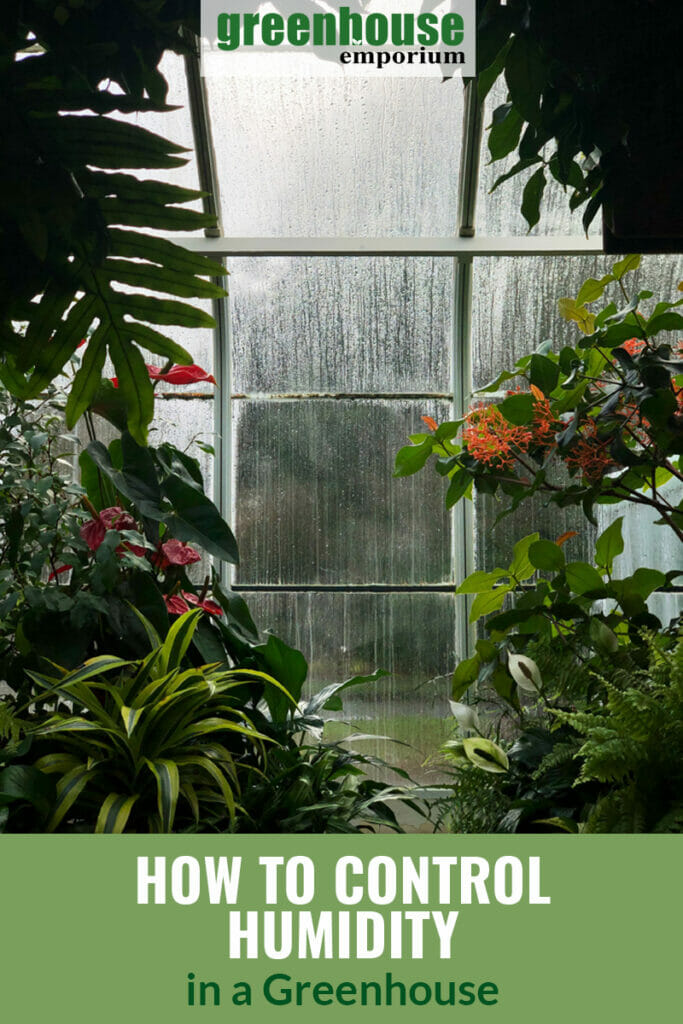
Best Way to Monitor Humidity in a Greenhouse
Humidity levels play a crucial role in the health and growth of plants in a greenhouse. Monitoring and maintaining the right humidity levels is essential for ensuring optimal conditions for plant growth. In this article, we will discuss the best ways to monitor humidity in a greenhouse to help you achieve successful and thriving crops.
1. Hygrometer
A hygrometer is a device specifically designed to measure humidity levels. There are various types of hygrometers available, ranging from analog to digital ones. Digital hygrometers are preferred for greenhouse use due to their accuracy and ease of use.
Place the hygrometer at plant canopy height to get an accurate reading of the humidity levels where the plants are growing. Make sure to calibrate your hygrometer regularly to ensure precise measurements.
2. Ventilation System
Proper ventilation is vital for regulating humidity levels in a greenhouse. Installing a ventilation system can help to control humidity by circulating the air and preventing moisture buildup.
Ensure that your greenhouse has adequate vents and fans to promote air circulation. In addition, consider using exhaust fans to maintain proper airflow and prevent humidity levels from becoming too high.
3. Monitoring Apps
Modern technology allows for remote monitoring of greenhouse conditions through smartphone apps. There are various apps available that can connect to sensors and provide real-time data on humidity levels in your greenhouse.
Using monitoring apps can help you keep track of humidity levels even when you are not physically present in the greenhouse. This ensures that you can make timely adjustments to maintain optimal conditions for your plants.
4. Mist Systems
Mist systems are a practical way to increase humidity levels in a greenhouse, especially during dry seasons. These systems release fine mist into the air, providing the plants with the moisture they need to thrive.
Be cautious not to overuse mist systems, as excessive humidity can lead to issues like mold growth and plant diseases. Monitor humidity levels regularly and adjust the misting frequency accordingly.
5. Natural Methods
There are natural ways to help regulate humidity levels in a greenhouse. For instance, using gravel or pebbles at the base of plant containers can help to retain moisture and create a humid environment around the plants.
Another natural method is to introduce humidity-loving plants like ferns or moss, which can help to naturally increase humidity levels in the greenhouse. These plants act as natural humidifiers, creating a more comfortable environment for other plants to thrive.
Conclusion
Monitoring humidity levels in a greenhouse is essential for maintaining a healthy and productive growing environment. By using a combination of hygrometers, ventilation systems, monitoring apps, mist systems, and natural methods, you can effectively regulate humidity levels and ensure the success of your greenhouse crops.
Was this helpful?
0 / 0